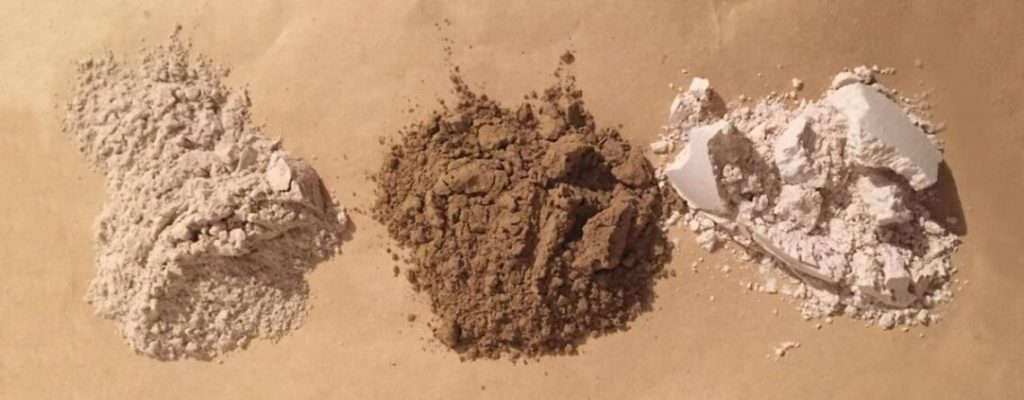8 of the most popular ceramic powders currently

Advanced ceramics have excellent mechanical, acoustic, optical, thermal, electrical, biological and other properties, and can be seen everywhere in high-end technology fields such as aerospace, electronic information, biomedicine, and high-end equipment manufacturing. There are many types of ceramics, and ceramics with different compositions have their own characteristics, such as the oxidation resistance of alumina ceramics, the high strength and electrical corrosion resistance of silicon nitride ceramics, the high toughness and biocompatibility of zirconia ceramics, etc.
High purity alumina
High-purity alumina has the advantages of high purity, high hardness, high strength, high temperature resistance, wear resistance, good insulation, stable chemical properties, moderate high temperature shrinkage performance, etc. It has good sintering properties and is unmatched by ordinary alumina powder. With optical, electrical, magnetic, thermal and mechanical properties, it is one of the high-end materials with the highest added value and the most widely used in modern chemicals. As a representative category of high-performance alumina products, high-purity alumina is widely used in high-tech and cutting-edge industries such as fluorescent materials, transparent ceramics, electronic devices, new energy, catalytic materials, and aerospace materials.
Boehmite
Boehmite contains a crystal water with the chemical formula γ-Al2O3·H2O or γ-AlOOH, which is a type of aluminum oxide hydrate.
Aluminum nitride
Based on the current development of electronic chips whose comprehensive performance is getting higher and higher and whose overall size is getting smaller and smaller, the heat flow density displayed during the working process of electronic chips has also increased significantly. Therefore, selecting appropriate packaging materials and processes and improving device heat dissipation capabilities have become technical bottlenecks in the development of power devices. Ceramic materials themselves have properties such as high thermal conductivity, good heat resistance, high insulation, high strength, and thermal matching with chip materials, making them very suitable as power device packaging substrates.
Silicon nitride
Silicon nitride is currently mainly used as a ceramic material, and silicon nitride ceramics are an indispensable key material in industrial technology, especially cutting-edge technology.
Spherical alumina
Among many thermally conductive powder materials, spherical alumina relies on its high thermal conductivity, high filling coefficient, good fluidity, mature technology, rich specifications and relatively reasonable The price has become the most mainstream thermal conductive powder category in the high-end thermal conductivity field in the thermal conductive powder industry.
Barium titanate
Barium titanate (BaTiO3) is an ABO3 type perovskite structure. Since the excellent dielectric properties of barium titanate ceramics were discovered in the first half of the 20th century, it has been used as a dielectric material for capacitors. It is currently the most commonly used dielectric material. One of the most common electronic ceramic powders is also the parent material for manufacturing electronic components, so it is called the “backbone of the electronic ceramic industry.”
Nanocomposite zirconia
Nanocomposite zirconia is a type of zirconia that can maintain the tetragonal or cubic phase at room temperature after adding stabilizers. The stabilizers are mainly rare earth oxides (Y2O3, CeO2, etc.) and alkaline earth metal oxides (CaO, MgO, etc.) ).
High purity silicon carbide
Silicon carbide materials can be mainly divided into two categories: ceramic and single crystal. As a ceramic material, its purity requirements are not very strict in general application fields.
